Touch and tactile neuropathic pain sensitivity are set by corticospinal projections
- PMID: 30209395
- PMCID: PMC6163083
- DOI: 10.1038/s41586-018-0515-2
Touch and tactile neuropathic pain sensitivity are set by corticospinal projections
Abstract
Current models of somatosensory perception emphasize transmission from primary sensory neurons to the spinal cord and on to the brain1-4. Mental influence on perception is largely assumed to occur locally within the brain. Here we investigate whether sensory inflow through the spinal cord undergoes direct top-down control by the cortex. Although the corticospinal tract (CST) is traditionally viewed as a primary motor pathway5, a subset of corticospinal neurons (CSNs) originating in the primary and secondary somatosensory cortex directly innervate the spinal dorsal horn via CST axons. Either reduction in somatosensory CSN activity or transection of the CST in mice selectively impairs behavioural responses to light touch without altering responses to noxious stimuli. Moreover, such CSN manipulation greatly attenuates tactile allodynia in a model of peripheral neuropathic pain. Tactile stimulation activates somatosensory CSNs, and their corticospinal projections facilitate light-touch-evoked activity of cholecystokinin interneurons in the deep dorsal horn. This touch-driven feed-forward spinal-cortical-spinal sensitization loop is important for the recruitment of spinal nociceptive neurons under tactile allodynia. These results reveal direct cortical modulation of normal and pathological tactile sensory processing in the spinal cord and open up opportunities for new treatments for neuropathic pain.
Conflict of interest statement
Figures
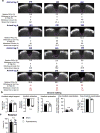
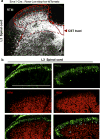
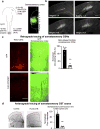


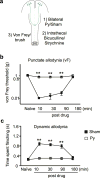

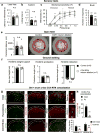
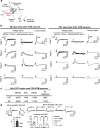





References
-
- Lemon RN. Descending pathways in motor control. Annu Rev Neurosci. 2008;31:195–218. - PubMed
Publication types
MeSH terms
Substances
Grants and funding
LinkOut - more resources
Full Text Sources
Other Literature Sources
Molecular Biology Databases

